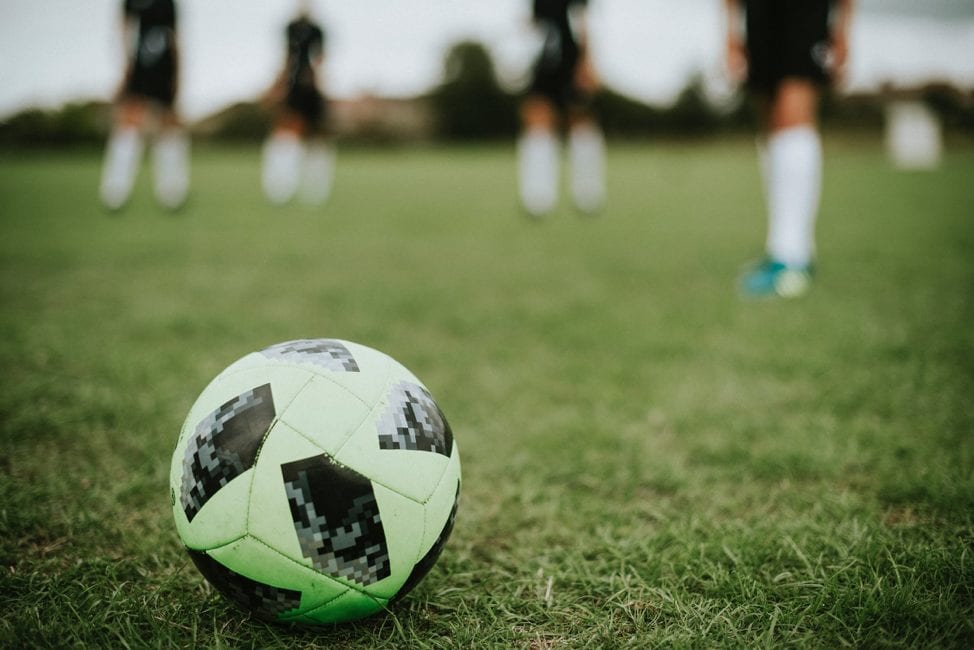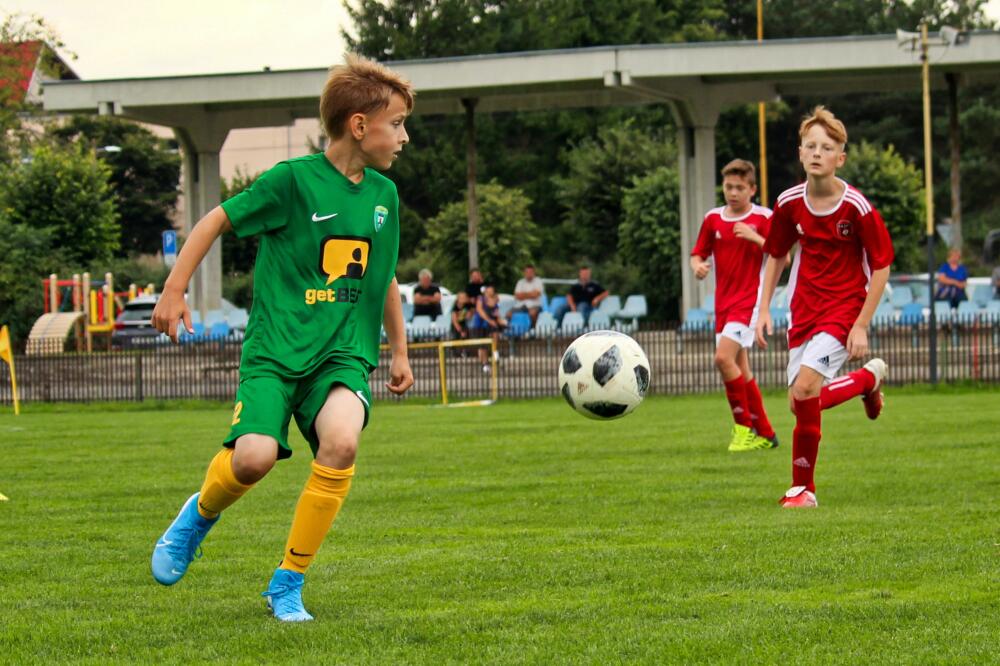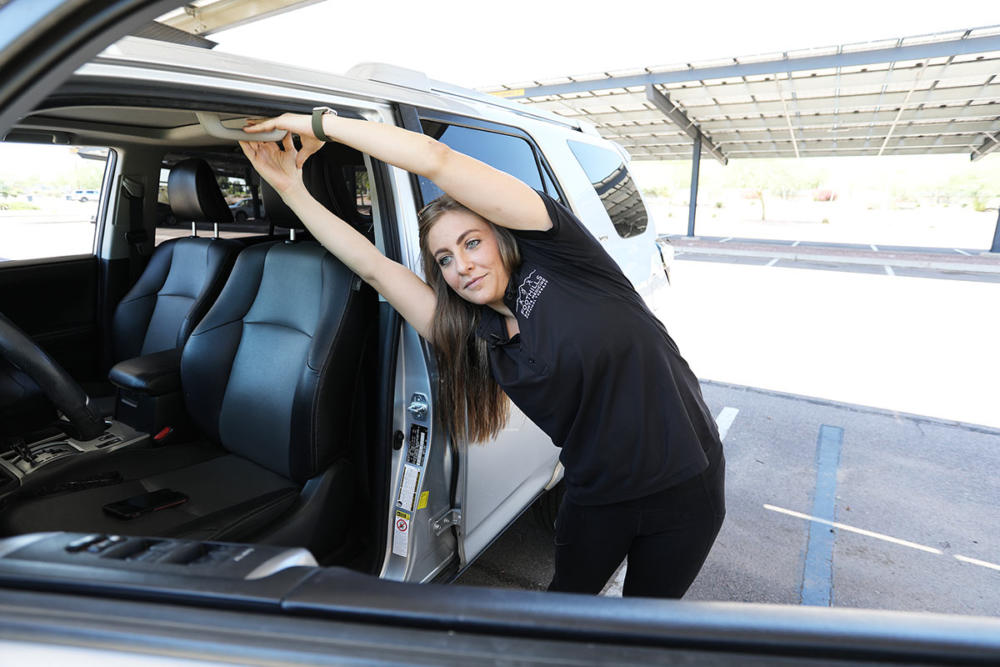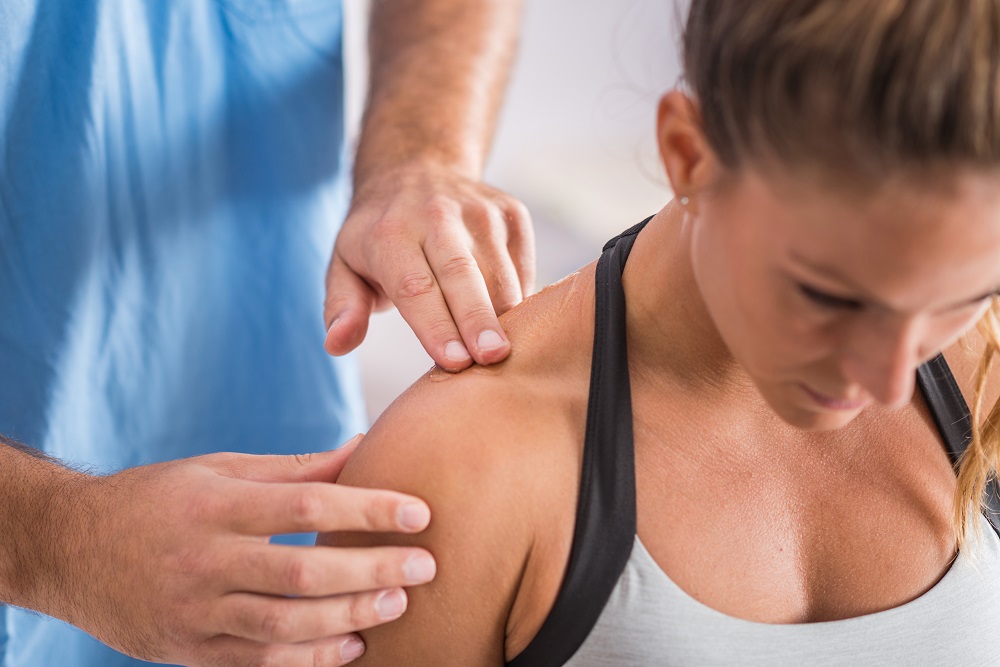Soccer players, in particular, are susceptible to lower body injuries and often require physical therapy for their ankle, knee, and leg injury treatments. Due to the nature of the game, soccer players are at risk for a different scope of sports injuries. A seemingly minor hit early in the season can knock any player out of the line-up for the rest of the year. Foothills Sports Medicine can play a big part in your “back-on-track” team. Educated in the science of movement, we’re experts at evaluating and treating a wide variety of medical conditions, including these 5 most common soccer injuries.
For many, the safety concern is just as important as the final score (if not more). Before every season kicks off, players are preparing to take to the field in the safest way possible. Both professional, minor league, and club soccer players are at high risk for lower body injuries like these:
- Ankle Sprains
Ankle sprains can happen in a multitude of ways. Switching directions while running, turning on the spot, impact (kicking a ball), tripping over another player, and getting kicked are all common causes. When the RICE method isn’t enough, players seek physical therapy for their ankles. A licensed physical therapist works with the player to strengthen and heal the injury through regular sessions. When we evaluate a client with an ankle sprain, it is important to examine their strength and range of motion. Ankle sprains are graded in severity based on the amount of tissue that is torn. The severity of the sprain determines treatment.
- ACL Tears
The anterior cruciate ligament(ACL) is a ligament that provides stability to the knee joint. While an ACL tear is much different than a sprain, the injuries occur in the same manner. It’s easy to tell the injuries apart. ACL tears are often accompanied by pop felt in the knee. (Ouch!) Surgery is required for a tear to heal properly. The recovery period for an ACL tear can last two to six months — When it’s time to head home, your medical team will have a transition plan to help with a strong recovery and rehabilitation plan for a successful outcome.
- Hamstring Strain
A hamstring strain involves tears in the muscle fibers of the hamstring muscles. One of every 3 injuries in soccer is a hamstring strain. High mechanical stress is placed on the hamstring from a rapid, extensive contraction or a repetitive functional overload of the hamstring muscle. The extent of the strain is dependent on how many fibers are torn. Rehabilitation after a hamstring injury should begin as soon as possible. A physical therapist will start agility and trunk stabilization exercises and perform lengthening exercises soon after your injury. Your physical therapist will assess your injury and continuously monitor it to reduce the associated pain.
- Quadriceps Strain
Like the hamstring strain, a quadriceps strain involves tears in the muscle fibers of the quadriceps. The quadriceps can be overloaded by repetitive microtrauma to the muscle or from a traumatic rapid eccentric contraction. The strain’s extent also depends on how many fibers are torn. Physical therapy and continuous monitoring can reduce the associated pain.
- Adductor Strain
Adductor muscles are in the groin and help stabilize the pelvis and lower extremity during the stance phase of gait and assist in postural control. An adductor strain involves tears in the muscle fibers of the adductor muscles from either repetitive functional overload or a forceful contraction such as a change of direction or kicking mechanism. The extent of the strain is dependent on how many fibers are torn. After a thorough history and physical examination, they will determine the grade of your muscle strain. Once the initial pain and inflammation have calmed down, they will focus on improving the flexibility and strength of the involved muscle. If they determine that your strain is severe (severe grade II or a grade III), they may send you to your physician for a review as further investigations are possibly required.
Soccer is a high-impact sport, but that doesn’t mean players should throw in the towel. Safety precautions such as proper running shoes, hydration, and preparation can reduce the likelihood of needing emergency knee injury treatment or surgery.
Has a soccer injury put you in need of physical therapy? A licensed physical therapist from Foothills Sports Medicine can assess the problem with a free injury assessment and develop a treatment plan to prevent future serious damage. Schedule an appointment at one of our Valley-wide locations. We’re ready to get you back on the field and show you how to avoid future injuries.







